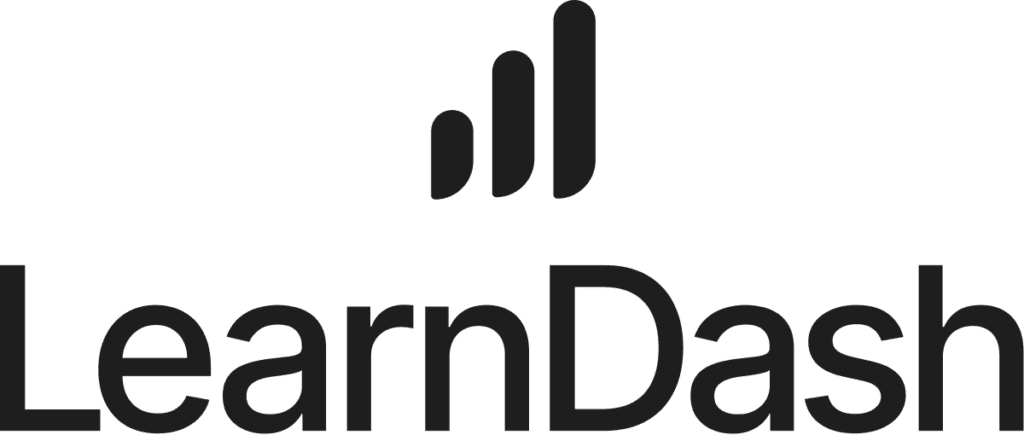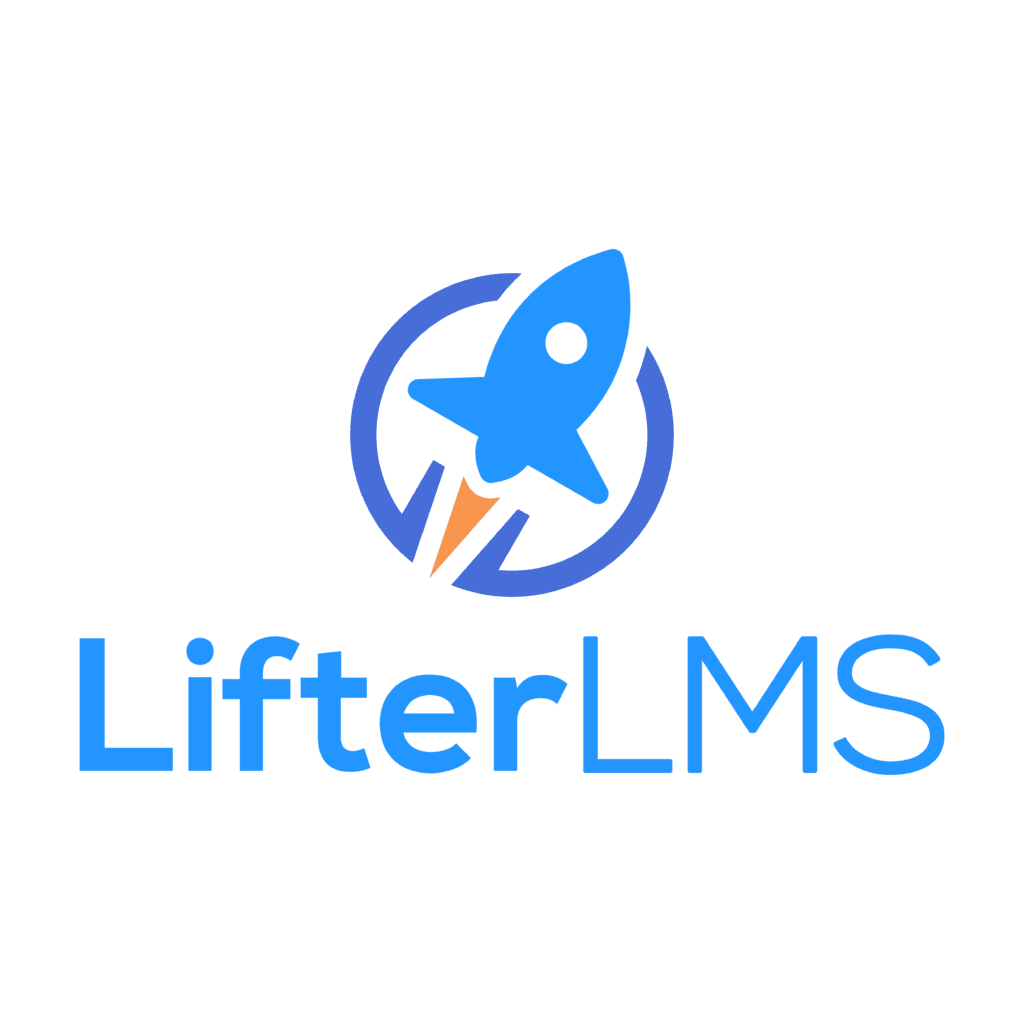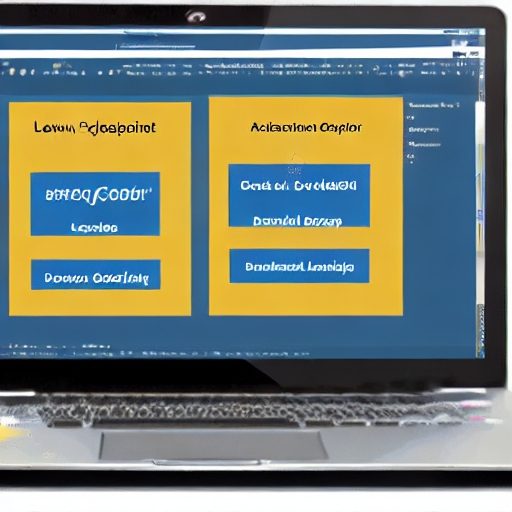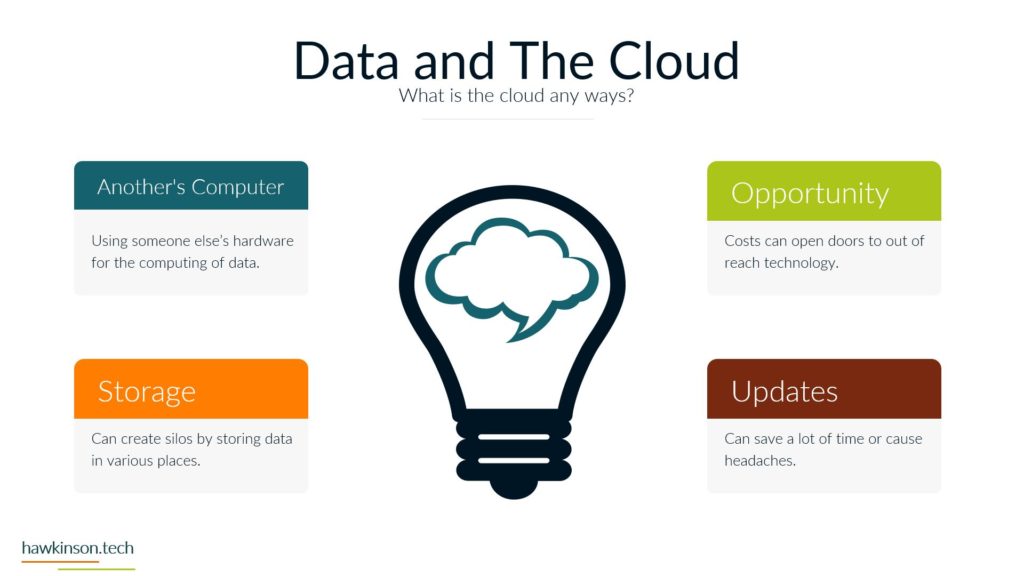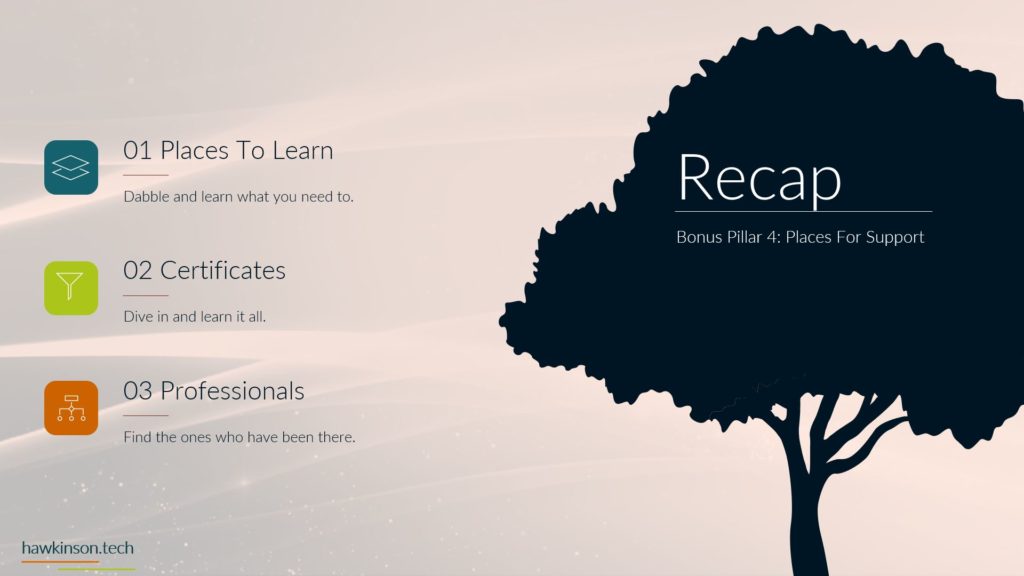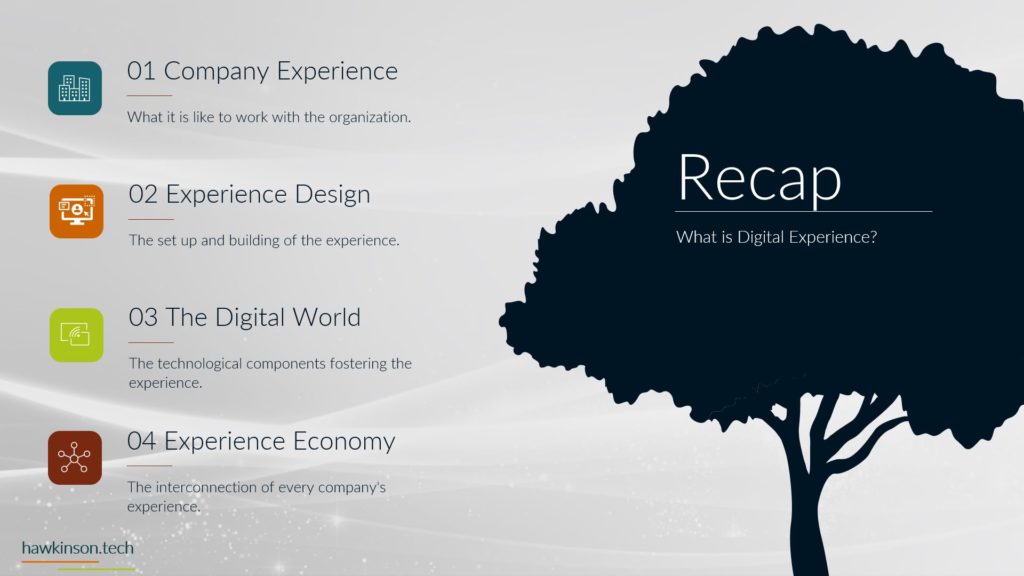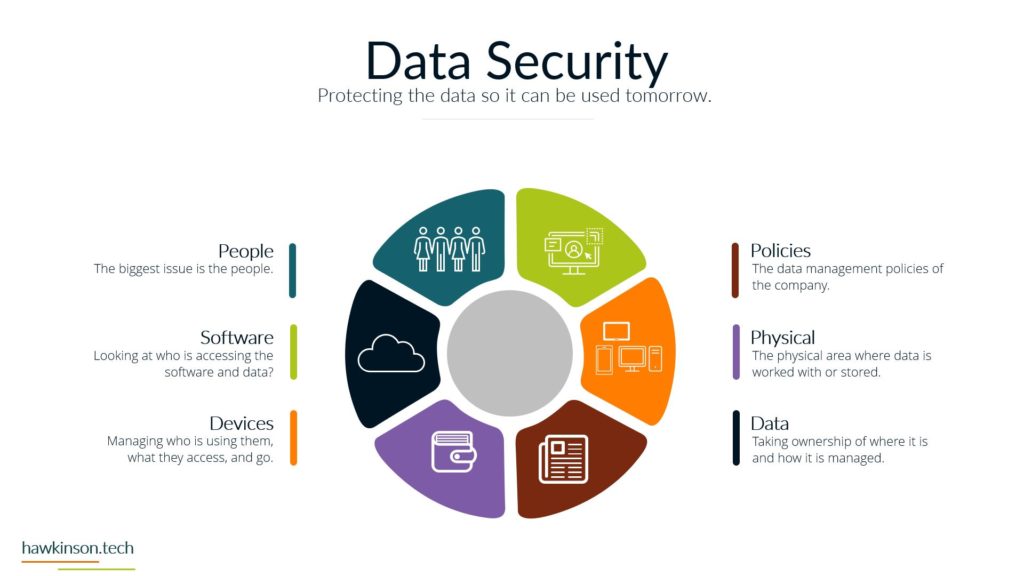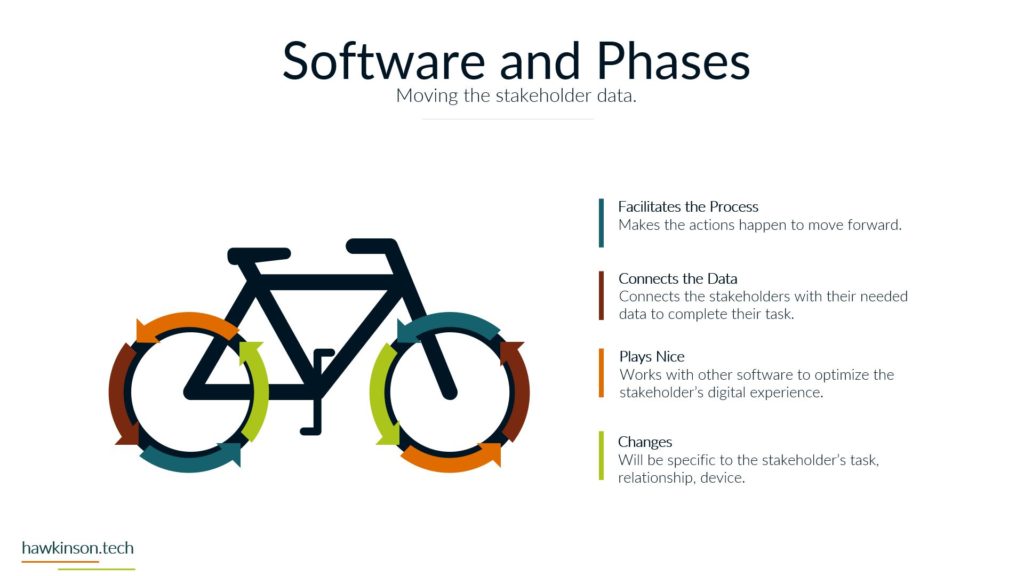Tutor LMS is a WordPress plugin well-known for its drag-and-drop course creation feature. It has already established itself as a significant participant in the LMS market, with over 40,000 operational installations and regular updates. It offers several features ideal for eLearning platforms, including course design and quiz design, and integration monetization tools.
Key Features
Builder for Frontend Courses
Tutor LMS’s extremely comprehensive drag-and-drop builder allows non-technical users to create their courses without worrying about frustrating design issues. Using the builder’s interactive design, you can easily make quizzes, tutorials, and tasks.
Advanced Quiz Maker
Tutor LMS has ten quiz kinds since it recognizes the requirement for developing exciting quizzes. You can also display or hide the timer and set a completion date or time frame for every quiz.
Several Different Payment Gateways
Passive revenue is the key to surviving in today’s world, and creating an LMS platform is a great way to do that. You can make money from all of your courses using Tutor LMS. You may preserve scalability and adaptability by using multiple payment channels, which is great for your business growth.
Support
Regardless of how user-friendly an LMS plugin is, assistance is necessary. Tutor LMS has detailed documentation on its website that addresses all common issues and offers simple fixes. For those who like to learn visually, their website offers video courses.
More Features
- Email template editor
- Can use multiple instructors
- Learning Community











